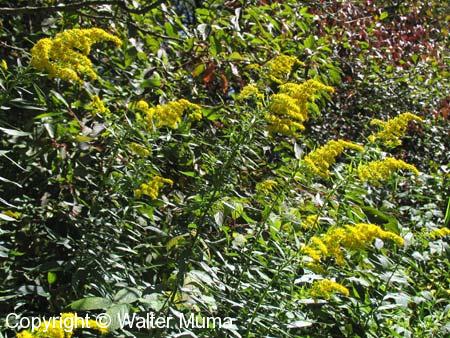
|
 |
Typical shape/form of Tall Goldenrod. |
|
 |
|
|
 |
|
|
 |
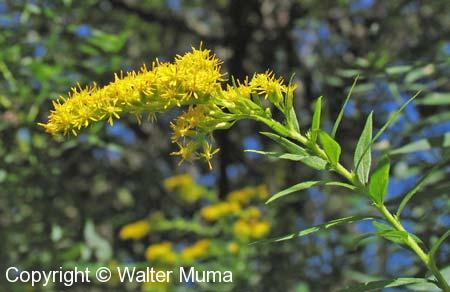
|
 |
Flowers. |
|
 |
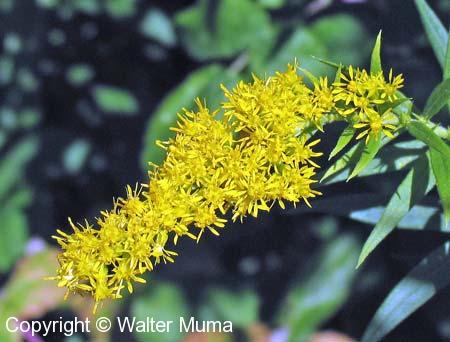
|
 |
Flowers, a closer view. |
|
 |
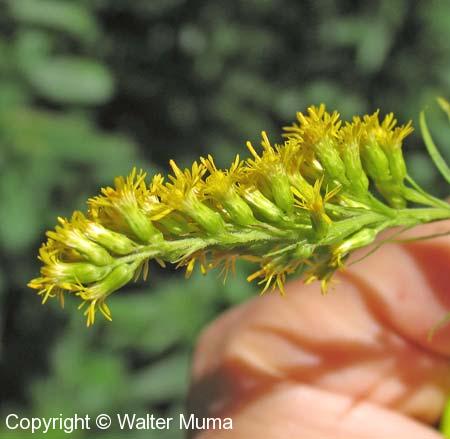
|
 |
Closeup side view. |
|
 |
|
|
 |
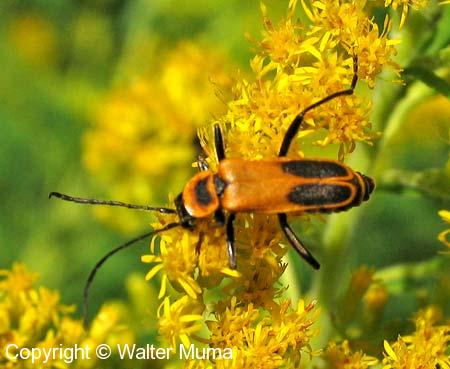
|
 |
Goldenrods are insect magnets! A huge variety of insects flock to goldenrod while it's in bloom.
This is a beetle that is often found on various species of Goldenrod, here on Tall Goldenrod. It's often called a "Goldenrod Beetle". |
|
 |
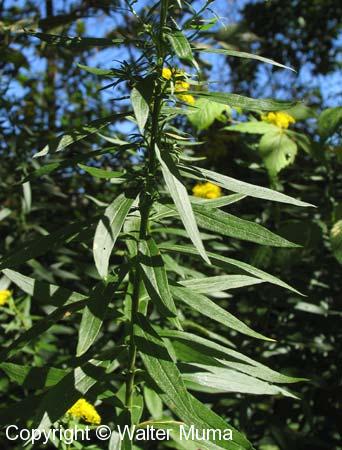
|
 |
The stem is crowded with many leaves, especially towards the top. |
|
 |
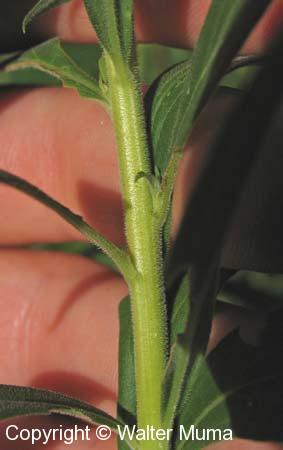
|
 |
The stem is fuzzy with short hairs right to the base. |
|
 |
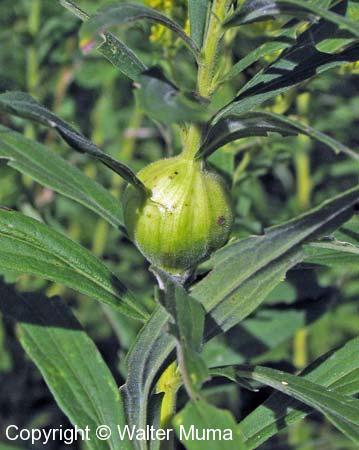
|
 |
A classic Goldenrod gall. It is formed by the larvae of a small fly. |
|
 |
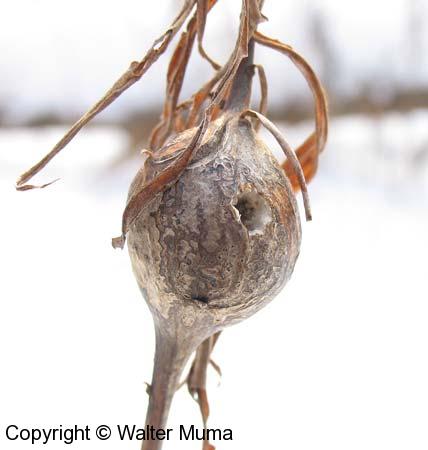
|
 |
You will often find these galls pecked open by birds in the winter. In fact, the grub inside is edible by humans as well. |
|
 |
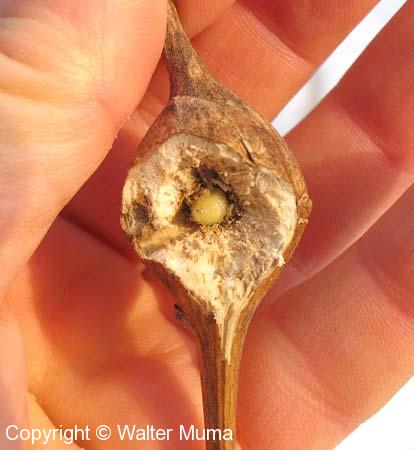
|
 |
This larva "pre-eats" a channel to the outside world before winter sets in, so that once it pupates into a fly, it will have no trouble getting out. Otherwise it would have quite a job getting out through those tough goldenrod fibres. |
|
 |
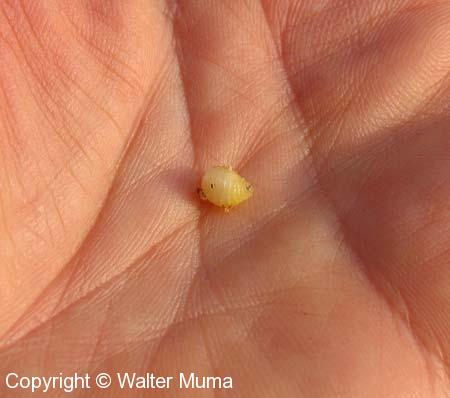
|
 |
The grub. |
|
 |

|
 |
Yup, it's edible! Ok, ok, don't gross out! It's really no different than many other meats that we eat. |
|
 |
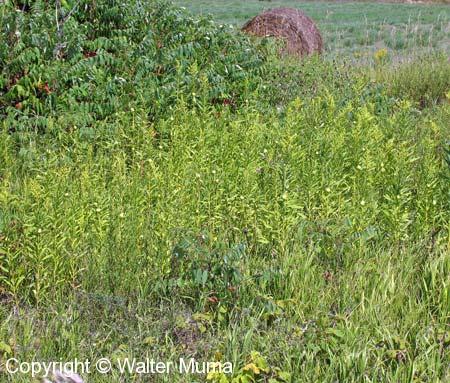
|
 |
A stand of Tall Goldenrod, many of which have the classic Goldenrod galls - these are the bright spots on the stems. |
|
 |
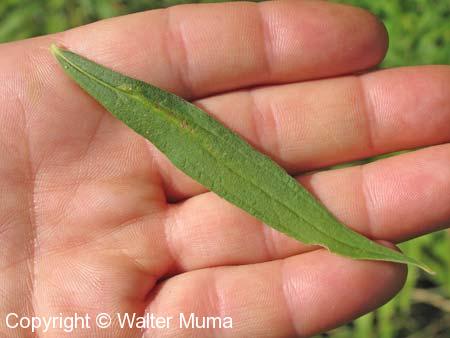
|
 |
Upper surface of leaf. |
|
 |
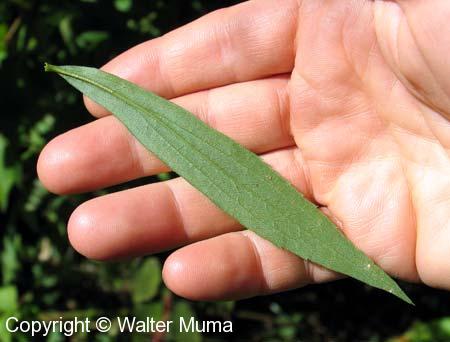
|
 |
Underside of leaf. |
|
 |
|
|  |
 |
|
| |